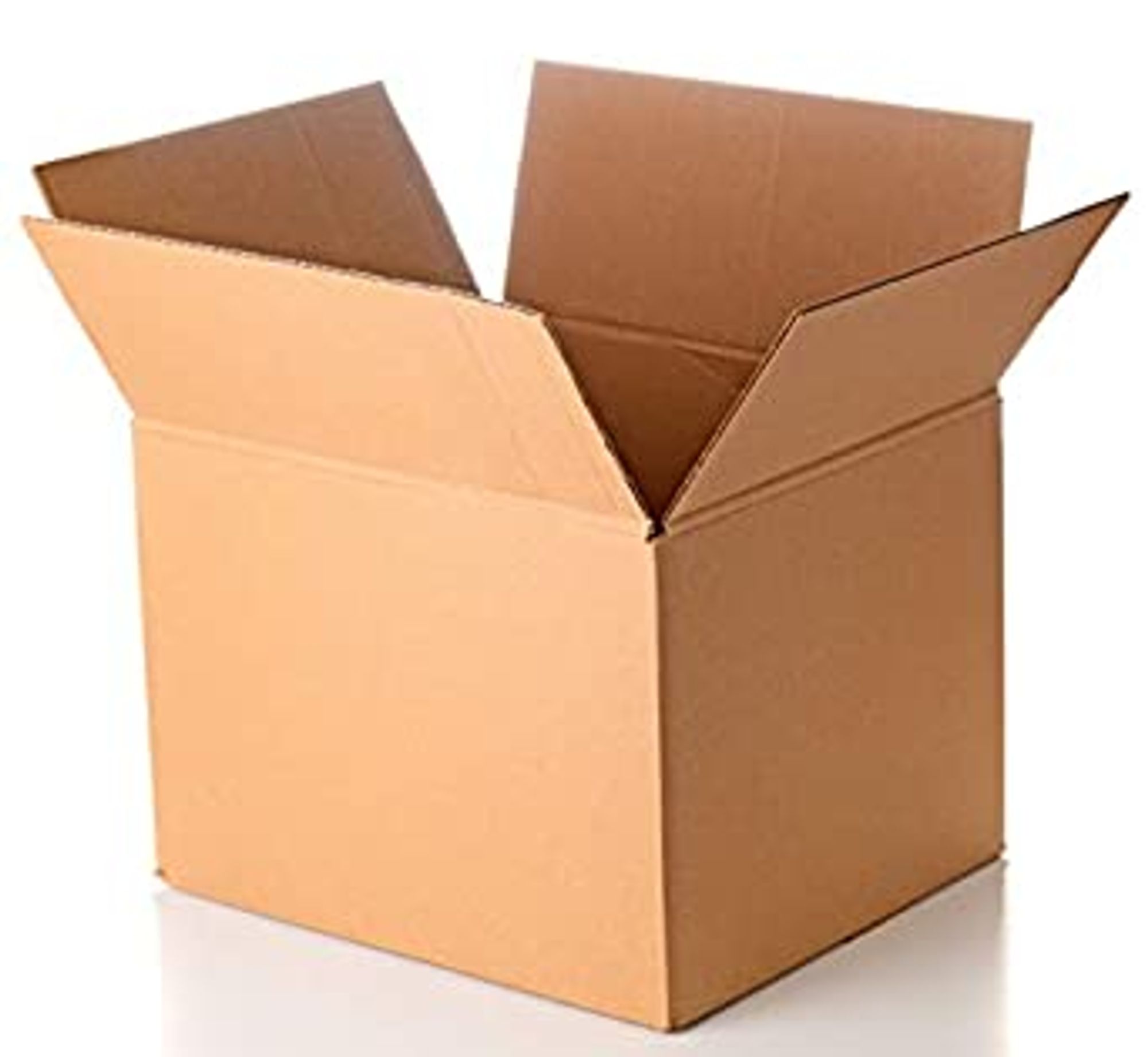Hide boxes
Given
n boxes, you would like to hide as many of those boxes inside others as possible. There are several rules that you need to follow:- You can place a small box inside of another larger box only if the larger one is at least twice as large as the small box.
- You can place only 1 box inside another box (No box can contain 2 or more other boxes).

What would be the minimum possible number of visible boxes in the end?
The first line of the input contains a single integer
n (1 ≤ n ≤ ) the number of boxes.The next line contains
n space-separated integers (1 ≤ ≤ ) the size of each box.
The program should print the least possible number of visible boxes in the end.
Input | Output |
8
7 5 2 6 4 8 9 2 | 5 |
8
3 1 8 2 6 5 6 9 | 5 |
- 7 5 2 6 4 8 9 2 → (2, 5) (2, 6) (7) (4, 8) (9)
- 3 1 8 2 6 5 6 9 → 1 2 3 5 6 6 8 9 → (1, 5) (2, 6) (3, 6) (8) (9)
Constraints
Time limit: 2 seconds
Memory limit: 512 MB
Output limit: 1 MB